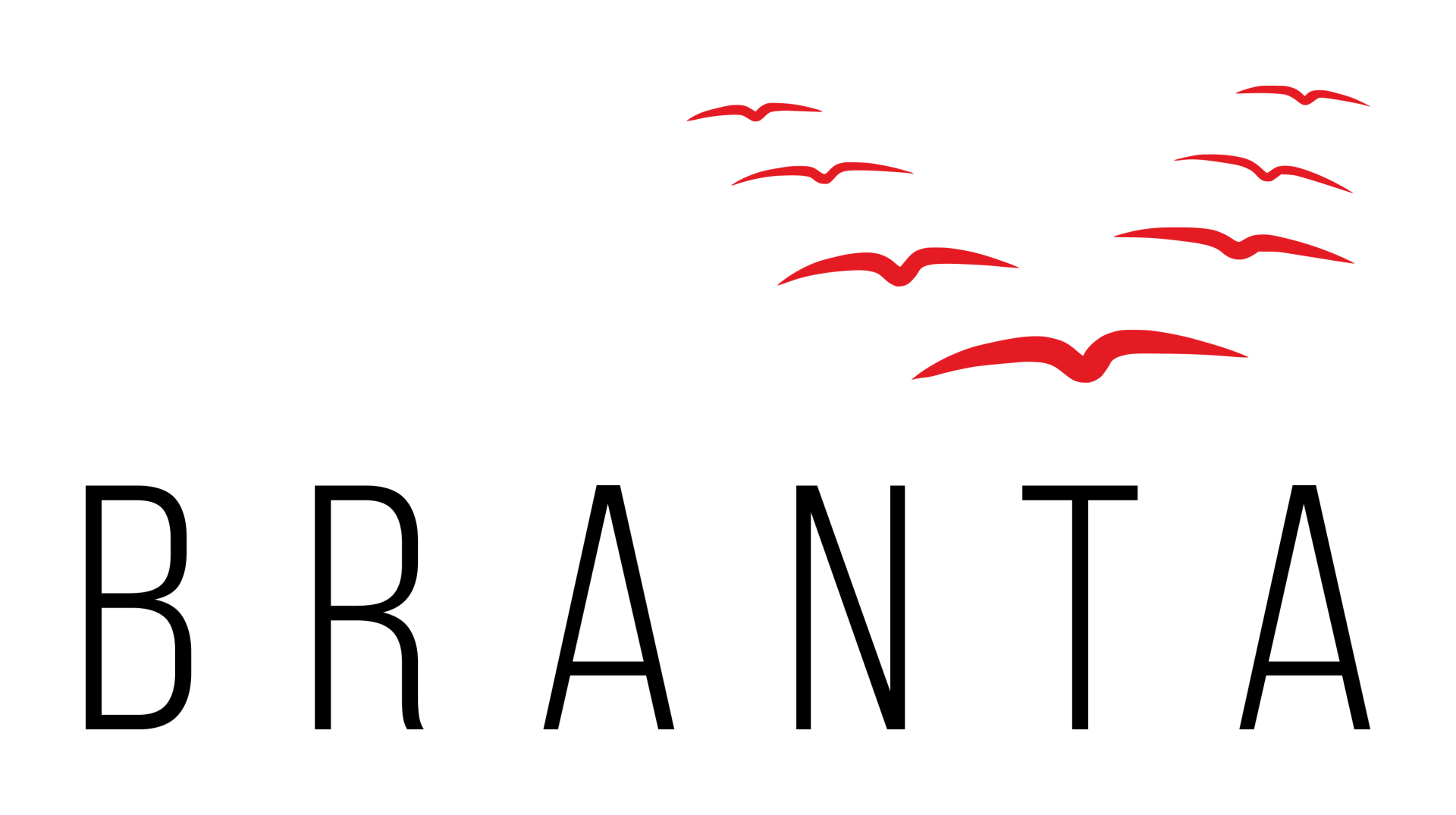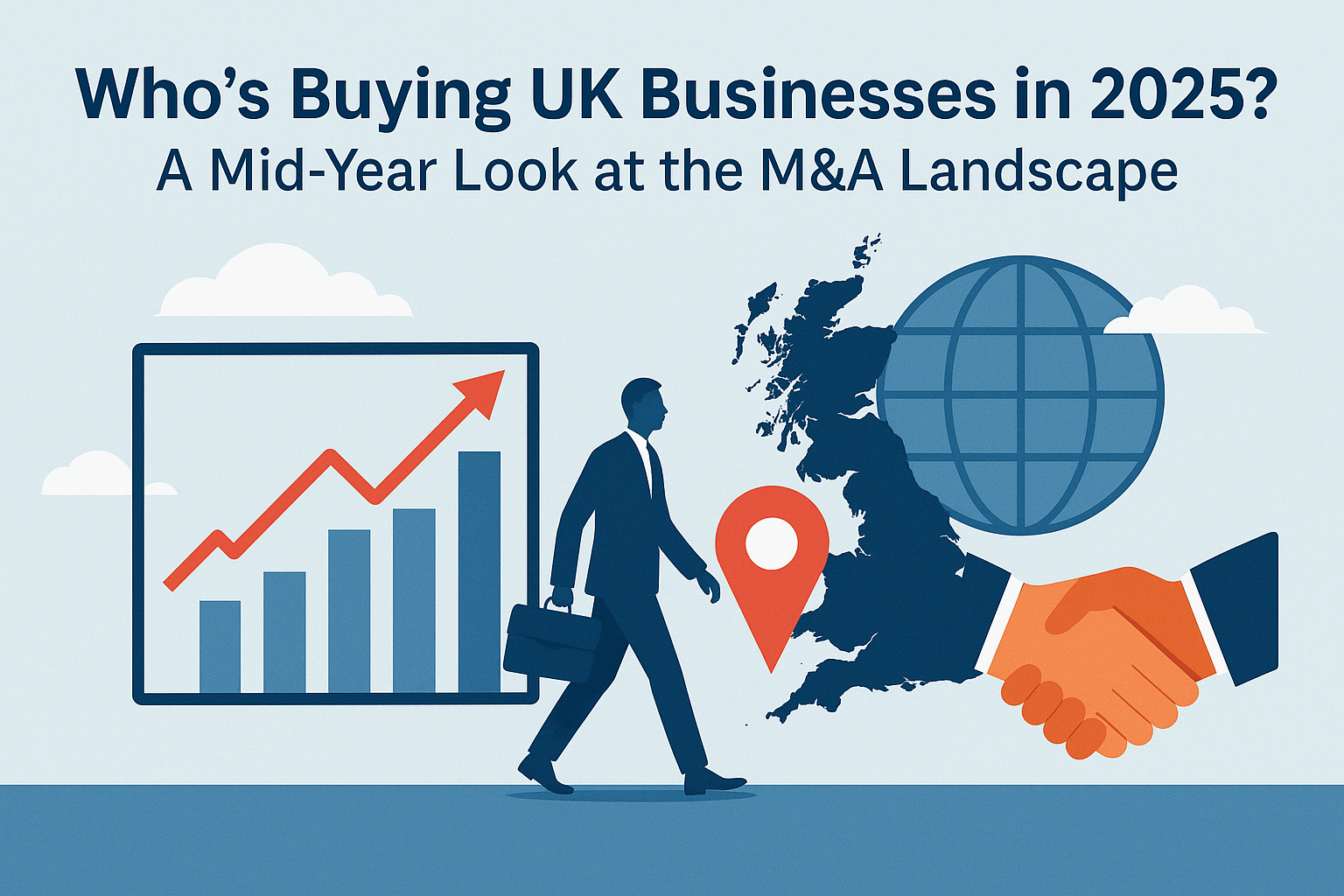Understanding Personal Guarantees in SME Borrowing
If you own a small or medium-sized business and have ever applied for a loan or credit facility, you may have come across the term "personal guarantee." Simply put, it's a legal contract between the lender and the borrower that states that one or more individuals will act as a guarantor for the loan, should the business be unable to repay it. In this blog post, we'll explore what personal guarantees are, why lenders require them, and how you can deal with them to protect yourself and your business.

So, why do lenders require personal guarantees when lending to SMEs? The simple answer is that loans to small businesses carry more risk than those to larger, established companies with a proven track record of creditworthiness. Personal guarantees provide the lender with additional security and reassurance that the loan will be repaid, even if the business fails. It also demonstrates the borrower's commitment to the loan and the lender.
There are a few different types of personal guarantees that lenders may require. The most common is a director's guarantee, where one or more directors of the business agree to be personally liable for the loan, up to a specified amount. In some cases, lenders may also require a spouse or partner to sign a guarantee or seek security over the borrower's personal assets, such as their home. It's essential to read and understand the terms of the guarantee before agreeing to it, and always consider seeking independent legal advice if necessary.
But not all personal guarantees are required to provide the lender with a monetary safety net. In the example of invoice discounting facilities, personal guarantees are typically taken at a much lower figure than the amount borrowed. They're not primarily required to reimburse the lender if the company can't pay its debts. They're taken so that in the event of the company getting into financial difficulty, the directors are incentivised to stay fully involved in the daily running of the business i.e. it prevents what's known as "flight risk"... simply disappearing overseas and forgetting the company's debts.
If you're considering borrowing money for your SME and are uncomfortable with the idea of a personal guarantee, there are a few options available to you. First, you can attempt to negotiate the terms of the loan with the lender to reduce or remove the need for a personal guarantee. This may involve offering different assets, such as equipment or inventory, to secure the loan instead.
Alternatively, you could consider alternative funding sources that don't require personal guarantees, such as crowdfunding, peer-to-peer lending, or other fintech solutions. These options may come with other unique challenges or requirements, such as higher fees or lower approval rates, so it's crucial to do your research and weigh the pros and cons carefully.
Finally, if you do decide to sign a personal guarantee, it's important to be aware of the potential consequences. If the business is unable to repay the loan, you could be personally liable for the outstanding balance, potentially putting your personal assets at risk. It's also important to keep detailed records of the loan agreement and repayments, and to inform any other guarantors of their obligations under the contract.
Personal guarantee insurance is a viable option to consider if you're concerned about the potential risks associated with signing a personal guarantee. This type of insurance is designed to provide coverage for a portion of your liability in the event that your business defaults on the loan. The percentage of the liability that is covered will depend on your specific policy. It's important to note that the costs of personal guarantee insurance will vary based on factors such as the amount of the loan, your business's creditworthiness, and the terms of the guarantee. While this insurance won't completely eliminate the risk, it can significantly reduce your personal financial exposure, granting you a bit more peace of mind.
Personal guarantees are a common requirement when borrowing money for an SME, providing additional security and reassurance to the lender. While they may seem daunting, it's essential to understand the terms of the guarantee and the potential consequences before agreeing to it. If you're uncomfortable with the idea of a personal guarantee, there are alternatives available that may better suit your needs. Remember, borrowing money comes with risks, but with careful planning and consideration, can be a powerful tool to help grow and expand your business.
If you want to talk through the issues around providing security and whether what you're being asked for is industry-standard, just get in touch. Always take independent legal advice if you're unsure.




